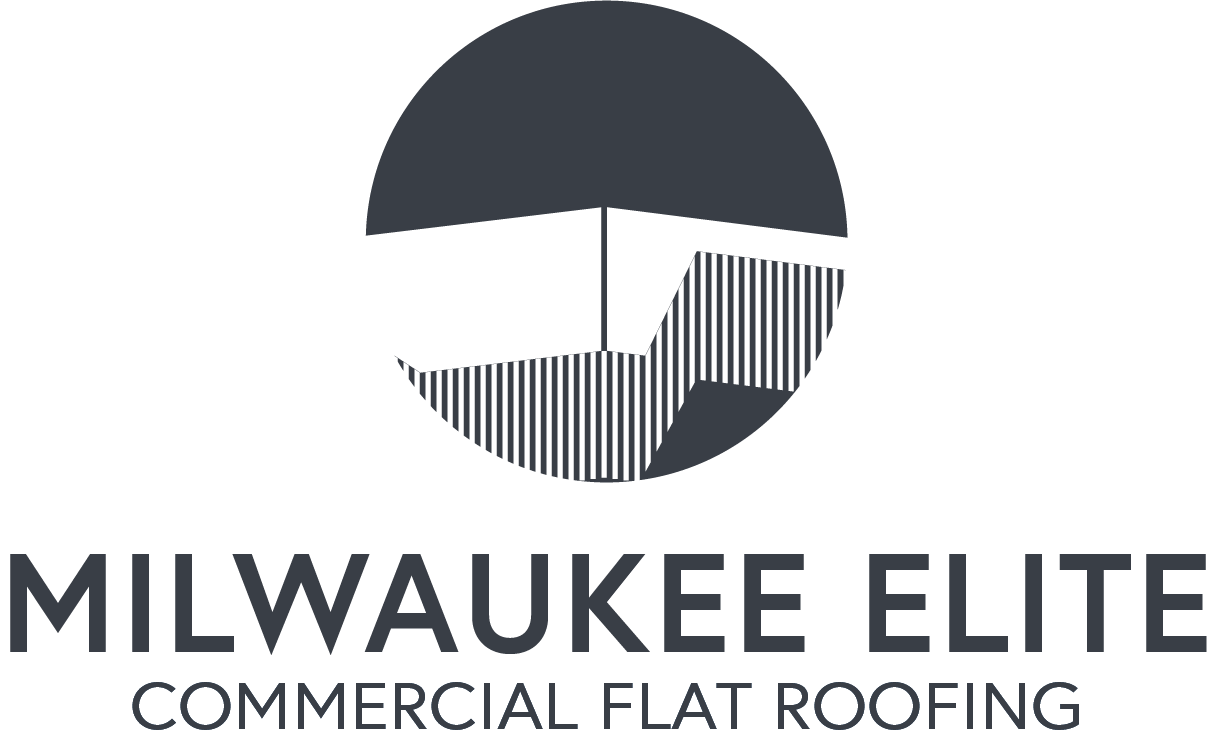Drainage System Upgrades
We replace old drains and pipes with newer, stronger materials that resist corrosion and blockages. This reduces the risk of leaks and backups. We install larger drain pipes when needed to handle heavy rain better. This prevents water pooling, which can harm flat roofs.
Our team also adds cleanouts for easier inspection and clearing of clogs. This makes regular maintenance faster and less disruptive to your building. We review the existing slope of the roof to make sure water flows smoothly toward the drains. If needed, we adjust the surface to avoid standing water.
Installation of Protective Components
We add guards and covers to drains to stop leaves and debris from clogging the system. These components help keep drains clear without frequent cleaning.
Our protective linings reduce wear on metal drains caused by chemicals or weather exposure. This extends their lifespan and lowers repair costs. We also install overflow scuppers or drains that protect your roof if main drains get blocked. This reduces the chance of water damage inside the building.
Using these protective features, we help maintain efficient drainage and avoid costly issues caused by blocked or damaged parts.
Skilled Team
We have many years of experience working with roof drainage systems on flat roofs. Our team knows how to spot problems early and fix them before they cause damage.
Attention to Detail
Our work is thorough. We clean, inspect, and repair drainage parts carefully. This helps avoid costly repairs later on.
Quality Materials
We use quality tools and materials to keep drainage systems working well. Our goal is to make sure water flows away quickly and does not pool on your roof.
FAQs
We focus on regular cleaning, inspection, and timely repair of drainage parts. Catching problems early stops water buildup and damage to your flat roof.
What are the key steps in maintaining a flat roofing drainage system?
We clean debris from drains and gutters. We inspect drains, pipes, and scuppers for damage or blockages. We repair or replace broken parts quickly.
How often should a flat roof's drainage components be serviced?
We recommend checking drainage systems at least twice a year. More frequent checks are needed after storms or heavy leaf fall.
What are common flat roof drainage issues and how can they be prevented?
Clogged drains are common, caused by leaves and dirt. We prevent this by clearing debris regularly. Standing water from poor drainage also causes problems, so we keep drains clear and functioning.
Can professional roof drainage system maintenance extend the lifespan of a commercial flat roof?
Yes, regular maintenance reduces water damage and structural issues. This helps the roof last longer and avoid costly repairs.
What are the signs that indicate the need for immediate drainage service on a flat roof?
Water pooling on the roof surface is a clear sign. Slow draining, leaks inside the building, and visible damage to drainage parts also require quick action.

